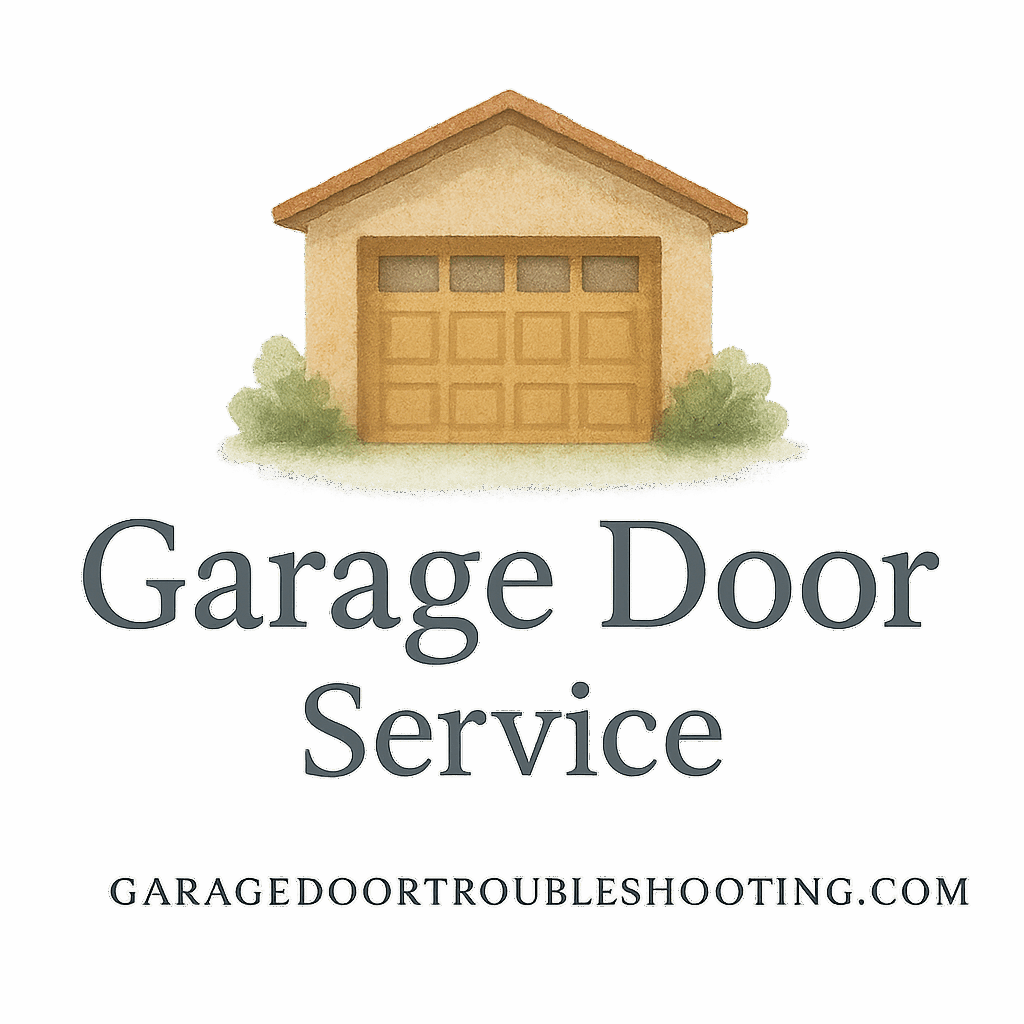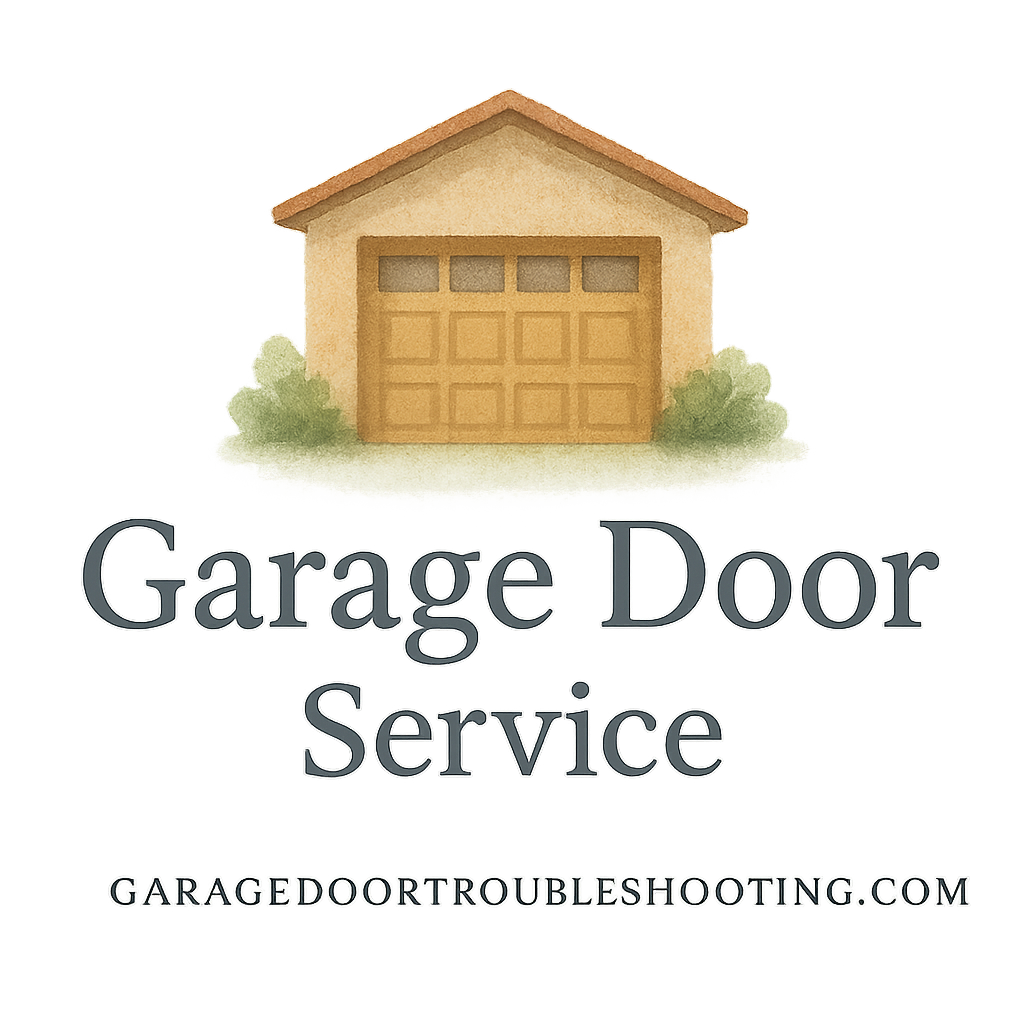Introduction: Why Garage Door Spring Repairs Can Be Risky
When your garage door stops working properly, the first instinct is often to grab a wrench and fix it yourself. After all, DIY saves money, right? But here’s the thing—garage door spring repairs are some of the riskiest DIY projects you can attempt at home. These springs are under massive tension, and one wrong move can lead to serious injuries or property damage.
If you’re a homeowner thinking about tackling this repair, don’t worry. In this guide, I’ll share 12 safety tips for DIY spring garage door repairs that can help you reduce risks while still getting the job done. And if you ever feel it’s too much, there are always professional garage door services ready to help.
Understanding Garage Door Springs
Types of Garage Door Springs (Torsion vs. Extension)
Garage doors typically rely on two main types of springs: torsion springs and extension springs.
- Torsion springs sit above the door and twist to store energy. They’re more durable but more dangerous if they snap.
- Extension springs are mounted on the sides of the door and expand when the door is closed. They’re easier to install but wear out faster.
How Springs Work and Why They Break
Springs counterbalance the weight of the door, making it possible for you (or the opener) to lift it smoothly. Over time, however, they wear down due to constant cycles of tension and release. Rust, lack of lubrication, and improper maintenance only speed up the process. That’s why it’s important to stay on top of garage door maintenance before problems get worse.
Safety First: Preparing for DIY Garage Door Spring Repairs
Gather the Right Tools and Safety Gear
Before you dive in, make sure you have the correct tools—winding bars, clamps, safety glasses, gloves, and a sturdy ladder. Don’t even think about substituting tools like screwdrivers for winding bars; it’s a recipe for disaster.
Assess the Damage Before You Begin
Not all spring issues require full replacement. Sometimes, it’s just wear, alignment, or lubrication problems. Inspect carefully so you don’t risk unnecessary work—or put yourself in danger fixing something that isn’t broken.
12 Safety Tips for DIY Spring Garage Door Repairs
1. Disconnect the Power Source
Always unplug your garage door opener before working. This prevents accidental activation while your hands are on the springs.
2. Wear Protective Gear at All Times
Gloves and goggles aren’t optional—they’re your first defense against flying debris or snapping springs.
3. Never Work Alone
Having someone nearby can be a lifesaver if things go wrong. Even if they’re not helping with the repair, they can call for help in an emergency.
4. Use the Right Tools for Spring Tension
Improvised tools can slip or snap. Use proper winding bars to control torsion springs.
5. Avoid Standing Directly in Front of Springs
Stand to the side when working on springs. That way, if they snap, you’re not directly in harm’s way.
6. Secure the Door Before Starting Work
Use clamps or locking pliers to hold the garage door in place. This prevents it from crashing down mid-repair.

7. Release Spring Tension Carefully
Don’t rush this step. Slowly unwind springs to release built-up energy without losing control.
8. Replace Both Springs Together
If one spring breaks, the other is usually close to failure. Replacing both ensures balance and prevents future issues.
9. Avoid Quick Fixes or Makeshift Tools
Tape, glue, or cheap replacement parts won’t cut it. Garage door springs require precision and quality parts to work safely.
10. Follow Manufacturer Guidelines
Every spring system is different. Read the instructions provided with your garage door or parts kit to stay on the safe side.
11. Test the Door Balance Safely
After repairs, lift the door halfway. If it stays in place, the springs are balanced. If not, adjustments are needed—but do them cautiously.
12. Know When to Call a Professional
Sometimes the safest move is walking away. If things seem beyond your comfort zone, check out garage door repair guides or contact a professional provider.
Common Mistakes Homeowners Make During Spring Repairs
Ignoring Signs of Wear
Creaking sounds, slow lifting, or gaps in the spring coils shouldn’t be ignored. These are red flags.
Overstretching or Over-Tightening Springs
Adding “extra tension” might seem like a good idea, but it can damage your garage door system—or worse, cause it to snap violently.
The Benefits of Professional Garage Door Repair Services
Cost vs. Safety Considerations
Yes, hiring a pro might cost more upfront, but when you compare that with potential medical bills or property damage, the choice is obvious.
Long-Term Maintenance Plans
Many companies offer service contracts that keep your door working smoothly for years. This helps you avoid emergencies altogether.
DIY vs. Professional Repairs: Which is Right for You?
If you’re handy, minor maintenance and adjustments are fine. But when it comes to spring replacement, think twice. Dangerous repairs are best left to experts.
Extra Safety Precautions for Families with Children
If you’ve got kids at home, make sure the garage is childproofed. Teach them never to play near the door and install safety sensors. More family-related tips can be found in childproof garage door safety guides.
Conclusion: Stay Safe, Stay Smart
DIY garage door spring repairs might save money, but they come with serious risks. By following these 12 safety tips for DIY spring garage door repairs, you can minimize dangers and know when it’s time to step aside and let the pros handle it. Safety should always come first—because no garage door is worth risking your health.
FAQs
1. Can I repair garage door springs without special tools?
Not safely. Always use proper winding bars and clamps.
2. How long do garage door springs usually last?
On average, 7–10 years or about 10,000 cycles.
3. What are the signs that springs are failing?
Noise, uneven lifting, visible gaps in coils, or the door feeling heavier.
4. Are torsion springs more dangerous than extension springs?
Yes, torsion springs carry more tension and require more caution.
5. Can lubricating springs prevent breakage?
Lubrication won’t stop breakage, but it can extend spring life and reduce noise.
6. How much does professional spring replacement cost?
Usually between $150–$350, depending on the door and location.
7. Should I replace springs myself if I’m handy with tools?
Only if you fully understand the risks and have the right tools. Otherwise, call a professional service provider.


